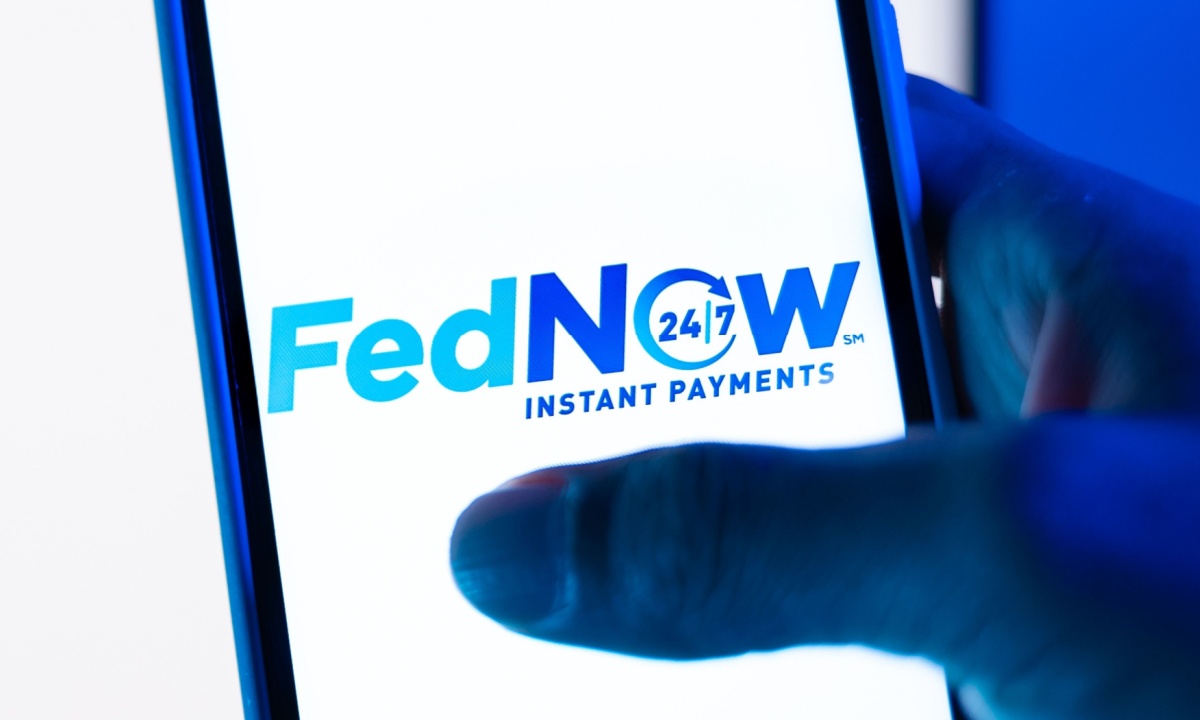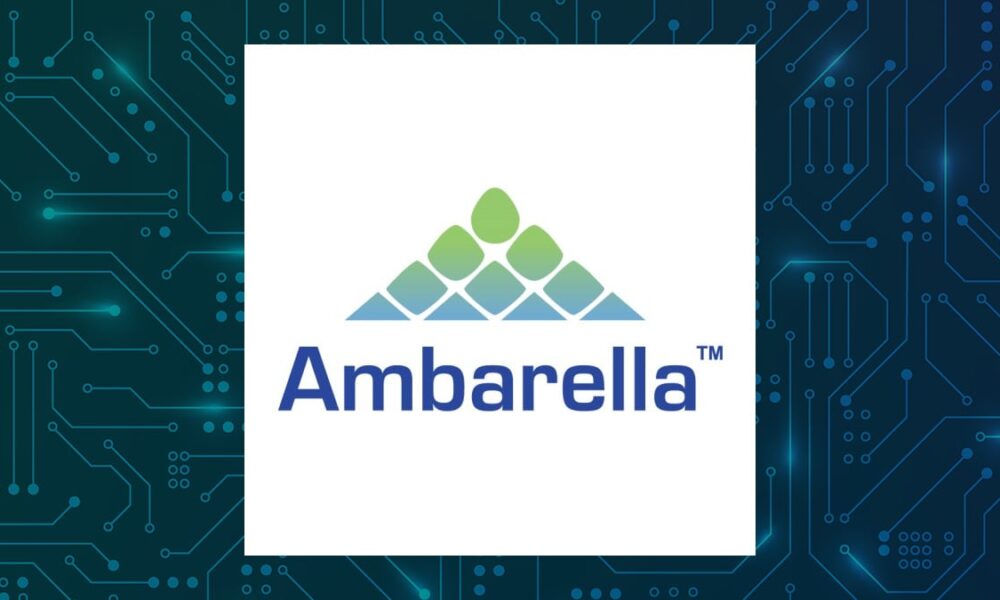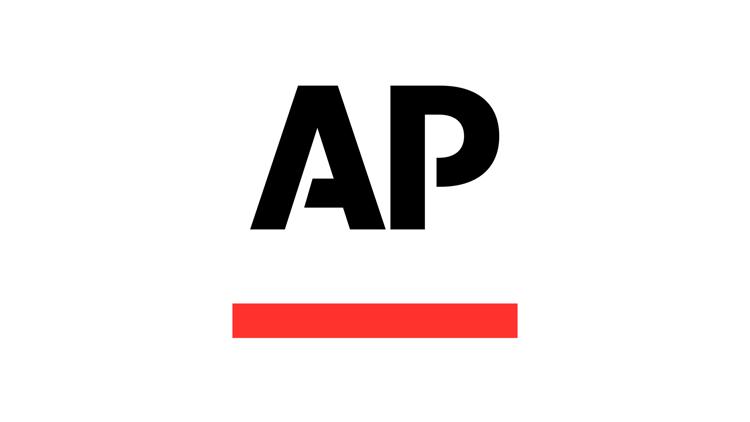The competition between traditional banks and nonbank financial institutions is intensifying as consumer demand for faster, more accessible payment options rises. The FedNow® Service, an initiative of the Federal Reserve, is proving to be a critical tool for banks aiming to enhance their competitiveness in this rapidly evolving market. According to Nick Stanescu, the chief executive of the FedNow Service, adoption rates have surged dramatically, growing from 35 institutions to over 1,500 in a relatively short timeframe.
As consumers increasingly prioritize speed and convenience in financial transactions, the FedNow Service has become a pivotal resource. Stanescu remarked in an interview with PYMNTS that “consumers and businesses want fast, convenient payments,” a trend that is fueling growth in the service’s usage.
Consumer Expectations Drive Change
Research from the Federal Reserve highlights a significant shift in consumer preferences, with 78% of individuals opting for faster payment solutions. Notably, half of these consumers maintain accounts with nonbank providers, underscoring the competitive landscape banks face. Among younger generations, the demand for instant payments is even more pronounced: 78% of Gen Z consumers consider quick transactions essential, marking a 14-point increase from the previous year. Stanescu emphasized, “Instant payments are not becoming less important. If anything, they are becoming more important.”
Businesses are aligning with these evolving expectations as well. A recent survey revealed that 66% of firms would likely utilize instant payment options if offered by their primary financial institution. Those that do report a 10% increase in satisfaction, suggesting that the demand for immediate payment solutions is reshaping business relationships.
Competition Spurs Rapid Adoption
Increasing competition among banks is also driving the rapid adoption of instant payment technologies. Stanescu noted that customer expectations are compelling banks to enhance their services. For instance, one regional bank expedited its implementation of the FedNow Service by a full year in response to customer pressure and competitive advancements. “Competition works,” he stated, highlighting the urgency that financial institutions feel to meet consumer demands.
The FedNow Service enables transactions around the clock, offering unparalleled flexibility. Stanescu illustrated the potential impact: “Think about being able to process an auto loan on a Saturday or Sunday and walk away with the vehicle — that’s the always-on nature of instant payments.” Furthermore, the U.S. Treasury’s adoption of instant payments for federal disbursements demonstrates the system’s value, particularly in emergency situations where timely access to funds is critical.
Beyond speed, the FedNow Service provides significant benefits to businesses. Stanescu pointed out that the immediate availability of funds and finality of settlements are major advantages. “There are no callbacks. The funds are in your account, and you can use them right away,” he explained. This certainty enhances cash flow management and strengthens relationships with vendors and clients.
Instant payments also enable the transmission of rich data alongside transactions. Stanescu noted that this capability facilitates faster reconciliation and operational efficiency, an aspect that is often overlooked in discussions about payment technologies.
The growth trajectory of the FedNow platform remains robust. Stanescu reported consecutive quarters of double-digit growth from the first to the third quarter of 2025. Notably, transaction volumes over weekends indicate that the service is effectively supporting commerce seven days a week.
To achieve widespread adoption, financial institutions must expand their capabilities beyond just receiving payments. Stanescu urged banks to develop their sending capabilities, stating, “Receiving payments is a good start, but once you enable send for your customers, whether consumers or businesses, there is a lot more value to capture.”
Inclusivity in Payments
Community banks and credit unions are increasingly participating in the FedNow Service, taking advantage of its flexible framework. Stanescu mentioned that these smaller institutions often start by receiving payments to mitigate risk before expanding to sending capabilities. Some even limit sending to specific hours initially, but he encourages them to broaden their services as they gain experience.
The FedNow Service aims to foster a broader ecosystem that includes not just financial institutions but also businesses and technology providers. Stanescu called on fintech companies and third-party developers to accelerate their integration of instant payment capabilities into their applications. “If you are an ERP provider, bake in instant payments and include [the FedNow Service] as one of the payment options today, not tomorrow,” he advised.
As the pace of innovation in payment systems accelerates, Stanescu expressed enthusiasm for the future of the industry. “It is an exciting time to be in payments,” he said, highlighting the unique opportunity to facilitate transformative changes in how money is moved and managed.







